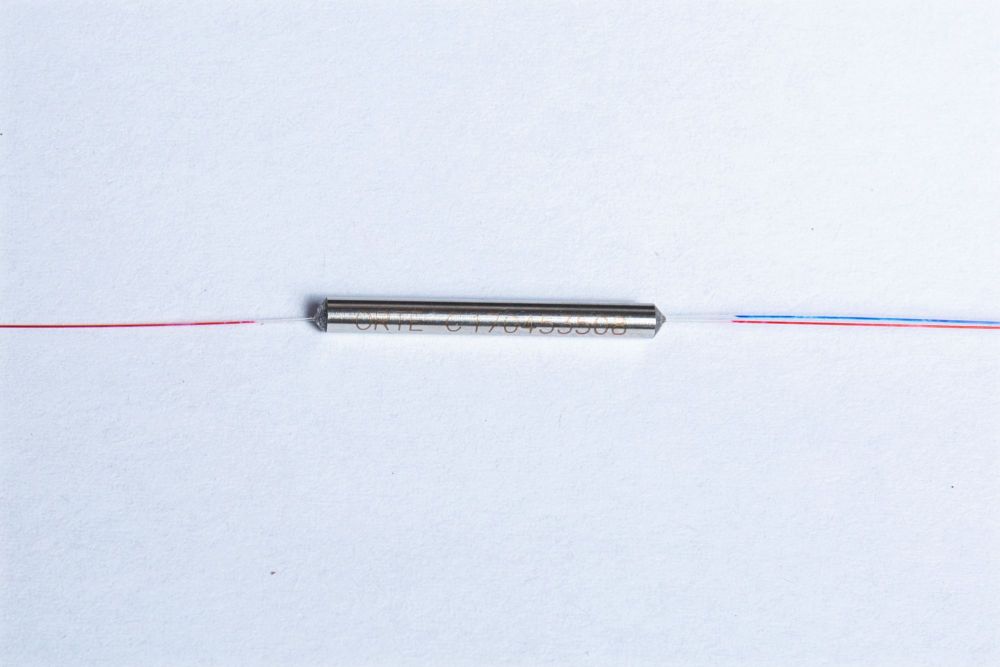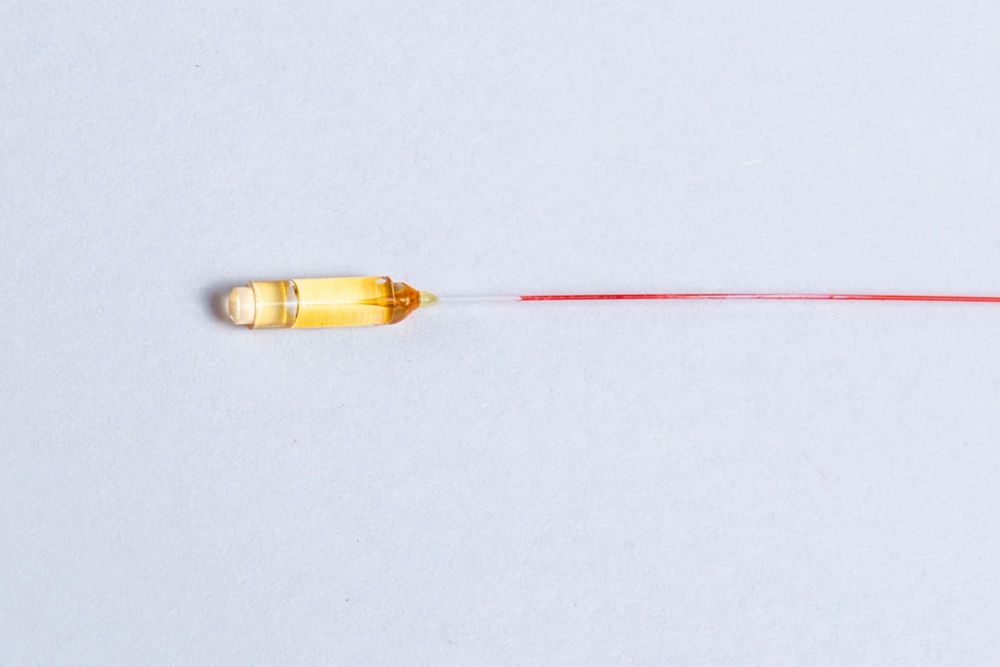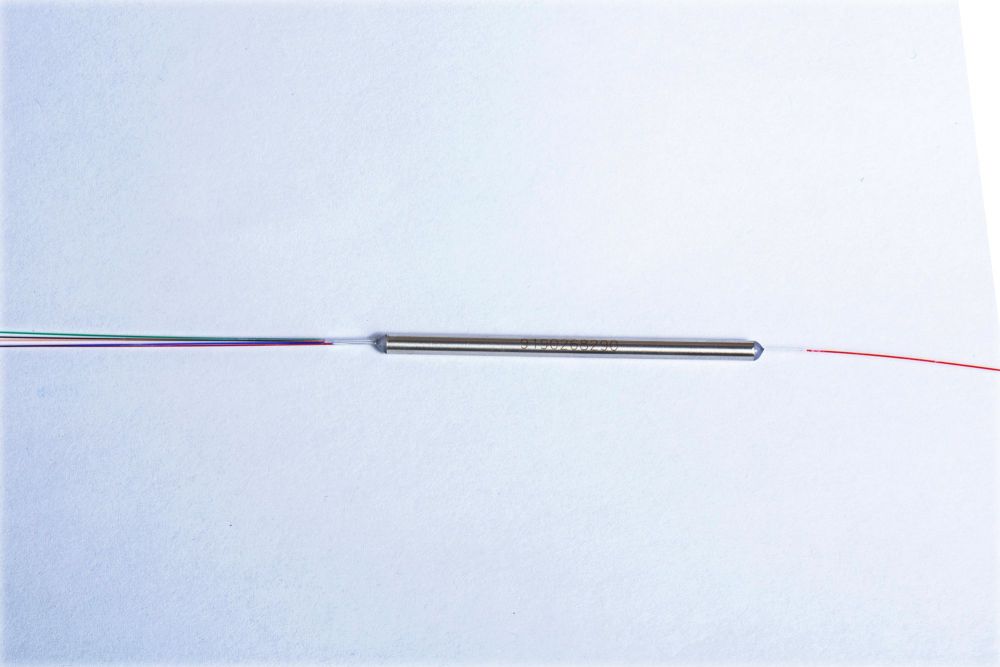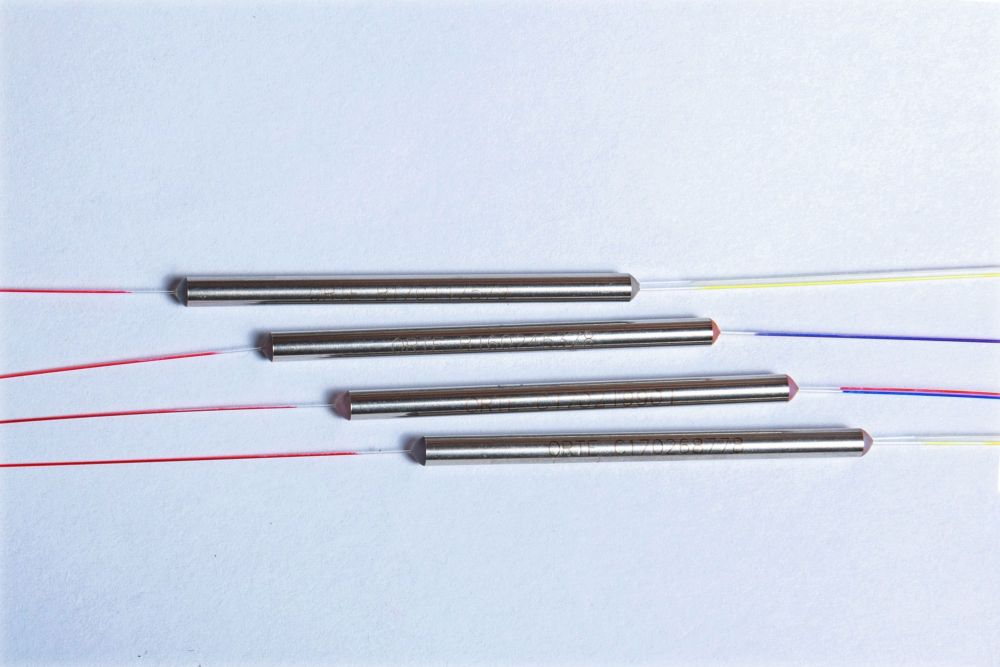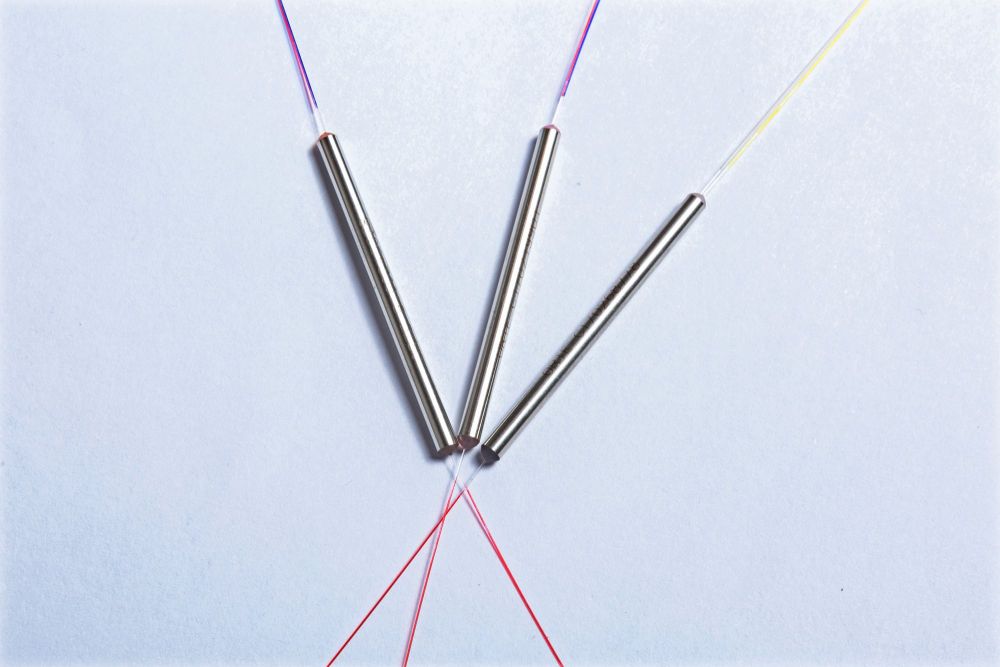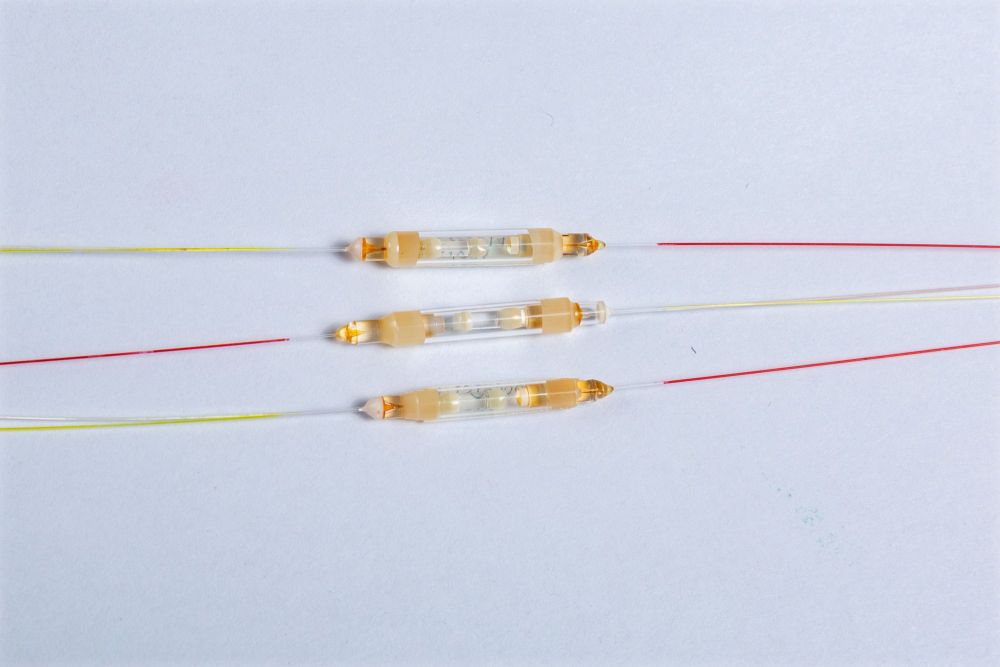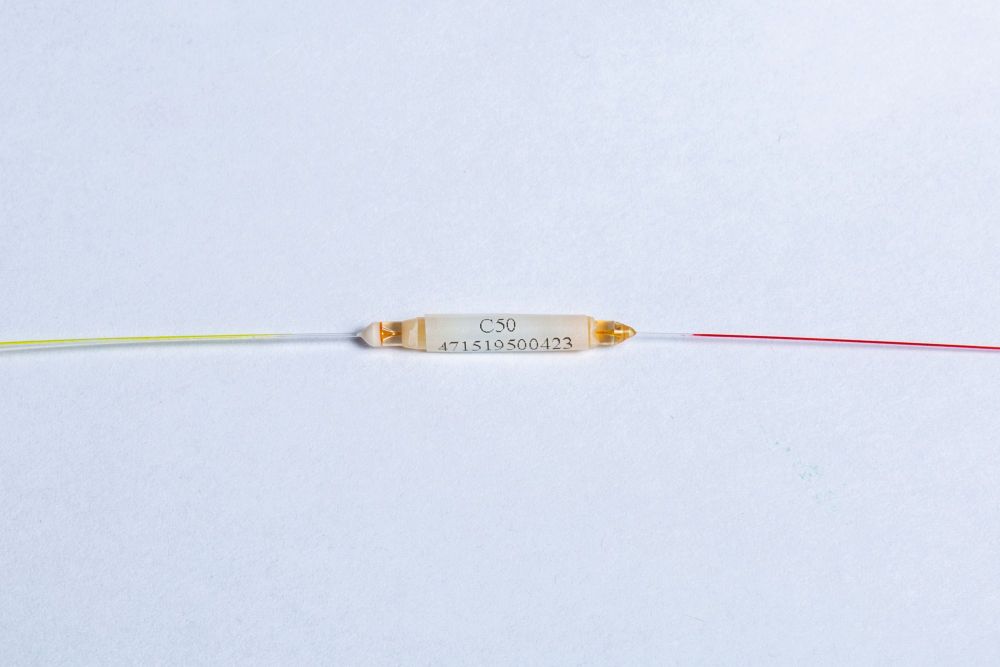First what is LiDAR?
LiDAR stands for “Light Detection and Ranging” and describes a sensor technology that can create a map of the environment around it. In early self-driving vehicles, you could spot these spining part on the car. They’ve become far sleeker looking since then. The maps created by these devices are critical for self-driving features. Outside of the automotive industry, LiDAR is used on mobile devices, where range isn’t so much of a concern, allowing for features like augmented reality, measuring distances, and blurring backgrounds in photos and videos.
Generally, LiDAR sensors send out infrared light, and measure the time it takes for the light to bounce off an object and back to the sensor, creating a three-dimensional map. However, there are two different types of LiDAR: Time of Flight (ToF) LiDAR and frequency-modulated continuous-wave (FMCW) LiDAR, and while they perform the same function, each one has its advantages and disadvantages.
The ToF type is the most common form of LiDAR on vehicles that map their surroundings by measuring pulses or photons of light that it sends out and bounce back. The other form of LiDAR, FMCW, sends out a continuous stream of light rather than pulses of light, to map its surroundings. This form of LiDAR has a limited field of view, so vehicles with multiple LiDAR sensors are typically using these, while ToF typically has a 360-degree range, allowing for a single device to do the job.
What Does LiDAR Do?
The map created by a LiDAR sensor is important for a self-driving vehicle, as it helps the car “see” the world around it. LiDAR technology provides more depth and detail than other solutions, such as radar and cameras. It can also work at night.
However, LiDAR sensors were originally pretty expensive, so rather than plopping a few of these devices on consumer vehicles, a supplier or third party company would go out with a limited number of vehicles with these sensors to create a map, supply that detailed information to automakers, who will use it with their driver assistance features. Similar to how Google sends out a vehicle with a ton of cameras to get street site photos, a supplier would send a car out with a bunch of LiDAR sensors, which would then get a super detailed map.
Using LiDAR Created Maps

General Motors uses LiDAR maps with its hands-free driving technology Super Cruise. “We believe using LiDAR map data helps Cadillac’s Super Cruise outperform other driving assistance systems,” says Stephanie Lang, General Motors Assistant Manager of Advanced Technology Communications. “We engineered the system to leverage LiDAR map data from the start.”
They combine the map data with on-board sensors and other technology to enable Super Cruise. “The precision LiDAR map data provides specific details for upcoming events, like corners and exits, while the real-time cameras look at lane lines and understand the vehicle’s position in the lane,” she explained. “The layered approach of combining precision LiDAR map data with cameras, sensors and GPS enables a hands-free driving experience that provides drivers with confidence and convenience. The HD mapping data also provides high accuracy and high quality road information that ensures Super Cruise can operate on limited access highways, while also providing smooth control through curves, enhancing user comfort.“

